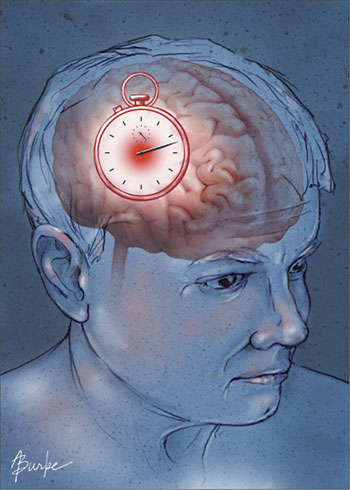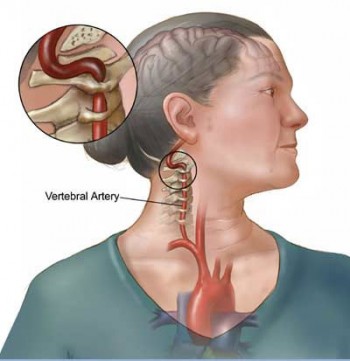Who Can Drive After a Stroke? Tests Can Help Decide
ST. PAUL, Minn. – Many people want to keep driving after having a stroke, and many can do so safely. Simple tests in the office can help doctors determine who is more likely to be a safe driver after a stroke, according to research published in the February 22, 2011, print issue of Neurology®, the medical journal of the American Academy of Neurology.
The research analyzed all of the available studies on driving after a stroke. In all of the studies, participants’ driving skills were tested in an on-road evaluation.
A total of 30 studies were analyzed. There were 1,728 participants with an average age of 61 in the studies. Of those, 938, or 54 percent, passed the on-road evaluation. The average amount of time between the stroke occurring and the on-road evaluation was about nine months.
Three tests can be used to identify those people who are most at risk of failing the on-road driving test.
“These are simple tests that can be done in the doctor’s office, which is important because on-road tests are time-consuming and expensive,” said study author Hannes Devos, MSc, of Catholic University of Leuven in Belgium. “These tests are readily available and can be administered within 15 minutes.”
The tests are a Road Sign Recognition test that assesses traffic knowledge and visual comprehension, a Compass task that examines visual-perceptual and visual-spatial abilities and mental speed, and the Trail Making Test B, which measures visual-motor tracking and visual scanning abilities.
 People who score below 8.5 out of 12 on the road sign test, below 25 out of 32 on the compass test and take more than 90 seconds to finish the trail making test are more likely to fail the on-road evaluation. The tests correctly classified 80 to 85 percent of the unsafe drivers.
People who score below 8.5 out of 12 on the road sign test, below 25 out of 32 on the compass test and take more than 90 seconds to finish the trail making test are more likely to fail the on-road evaluation. The tests correctly classified 80 to 85 percent of the unsafe drivers.
The results also showed that participants’ fitness to drive could not be predicted by their motor symptoms. “This is not surprising considering the wide range of adaptive devices that are available, such as steering knobs that can be operated by one hand and left-foot accelerator pedals for people with limited use of the right leg,” Devos said.
In addition, the analysis found that three out of four studies showed no increased risk of accidents for people cleared to drive after a stroke.
 The American Academy of Neurology, an association of more than 22,500 neurologists and neuroscience professionals, is dedicated to promoting the highest quality patient-centered neurologic care. A neurologist is a doctor with specialized training in diagnosing, treating and managing disorders of the brain and nervous system such as Alzheimer’s disease, stroke, migraine, multiple sclerosis, brain injury, Parkinson’s disease and epilepsy.
The American Academy of Neurology, an association of more than 22,500 neurologists and neuroscience professionals, is dedicated to promoting the highest quality patient-centered neurologic care. A neurologist is a doctor with specialized training in diagnosing, treating and managing disorders of the brain and nervous system such as Alzheimer’s disease, stroke, migraine, multiple sclerosis, brain injury, Parkinson’s disease and epilepsy.
For more information about the American Academy of Neurology, visit http://www.aan.com.
###
Source: American Academy of Neurology (AAN)